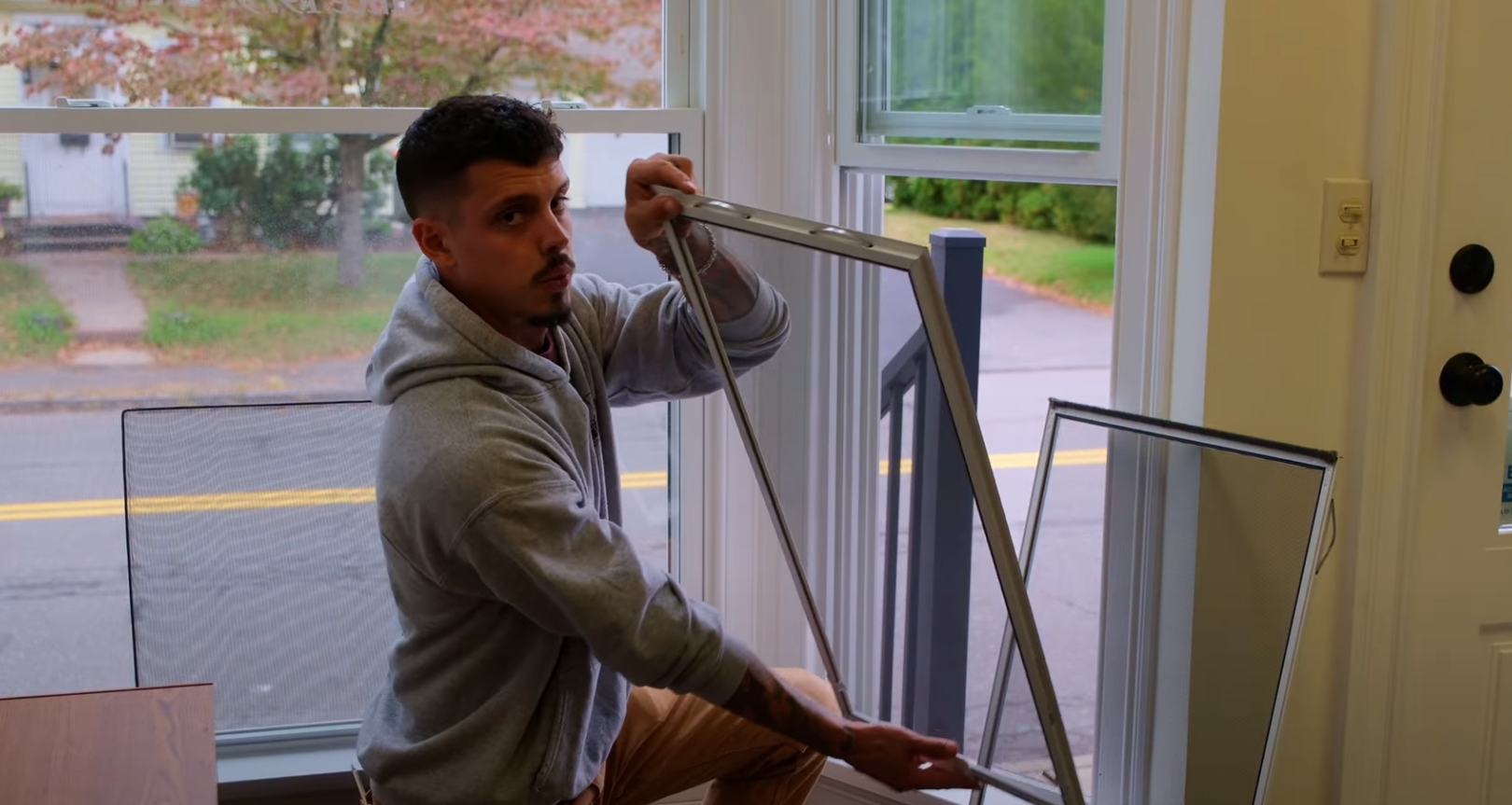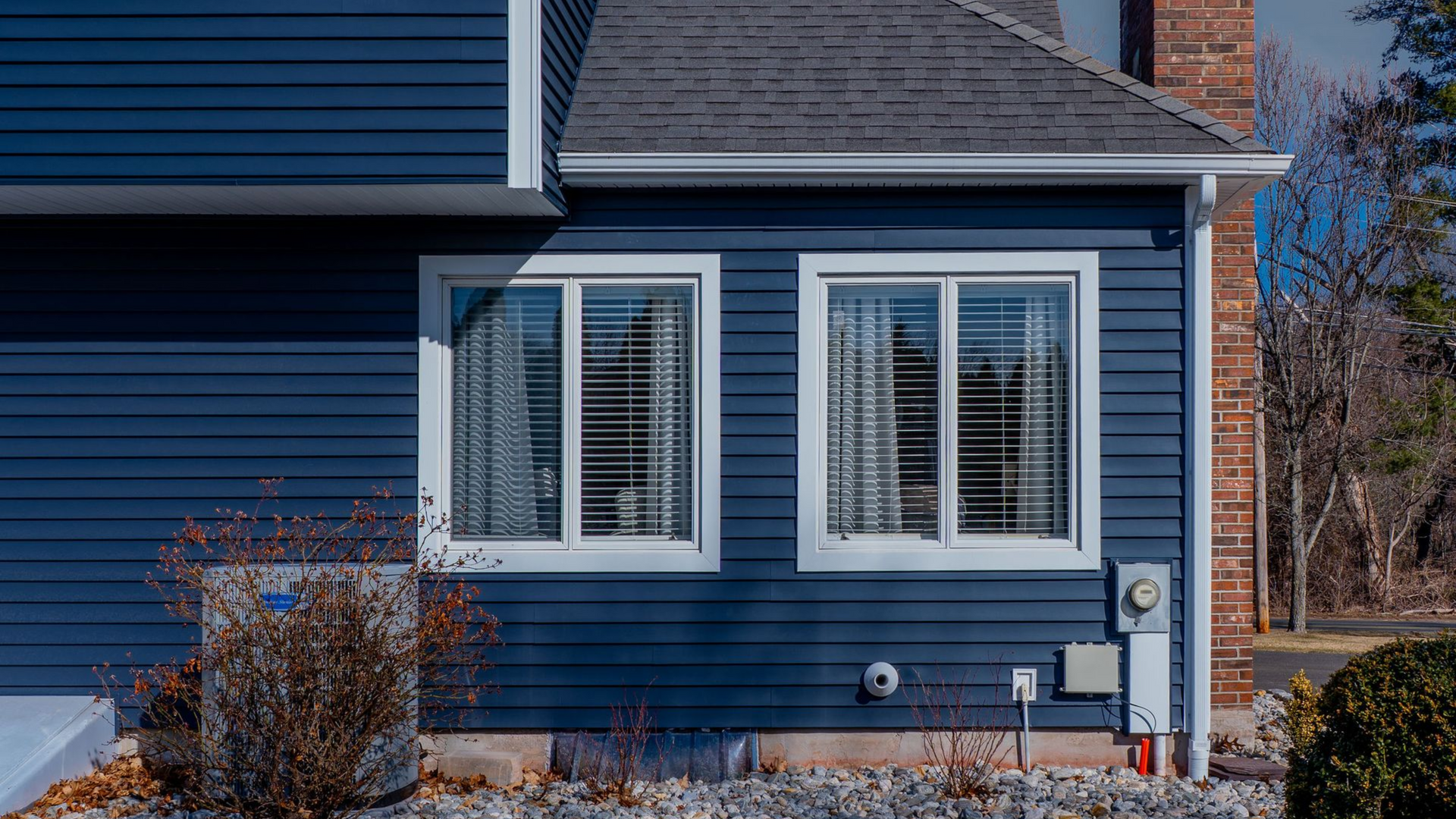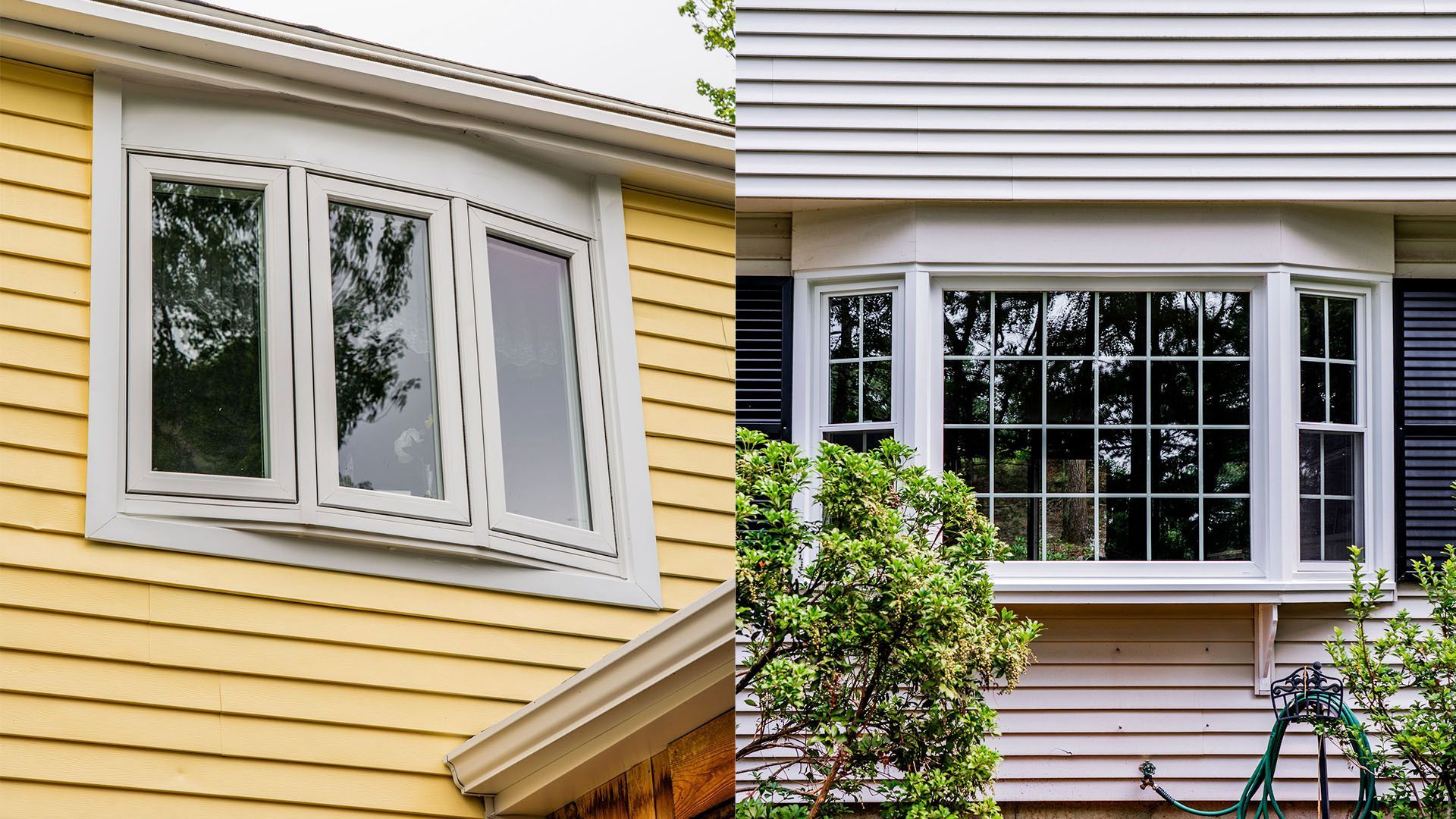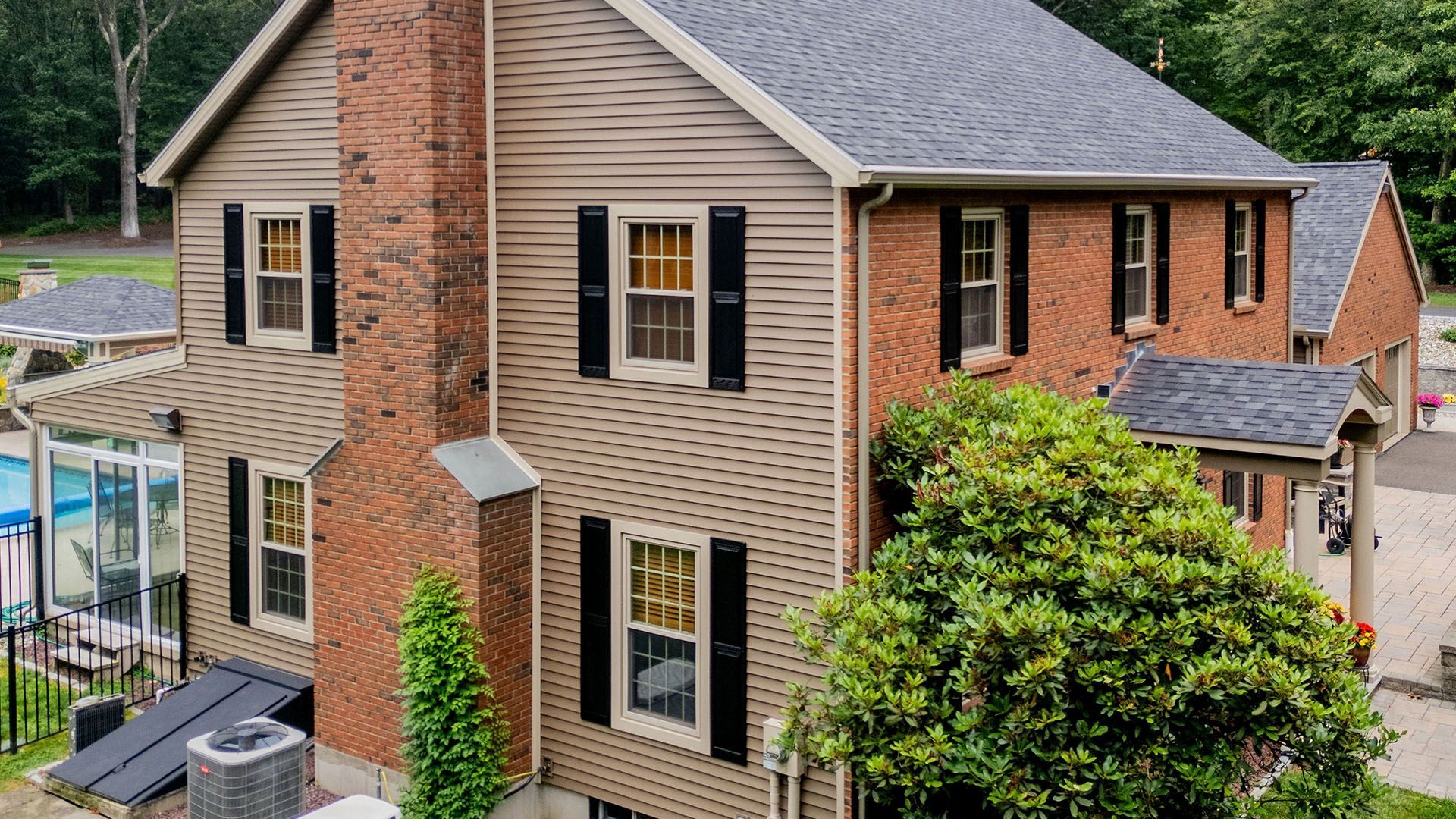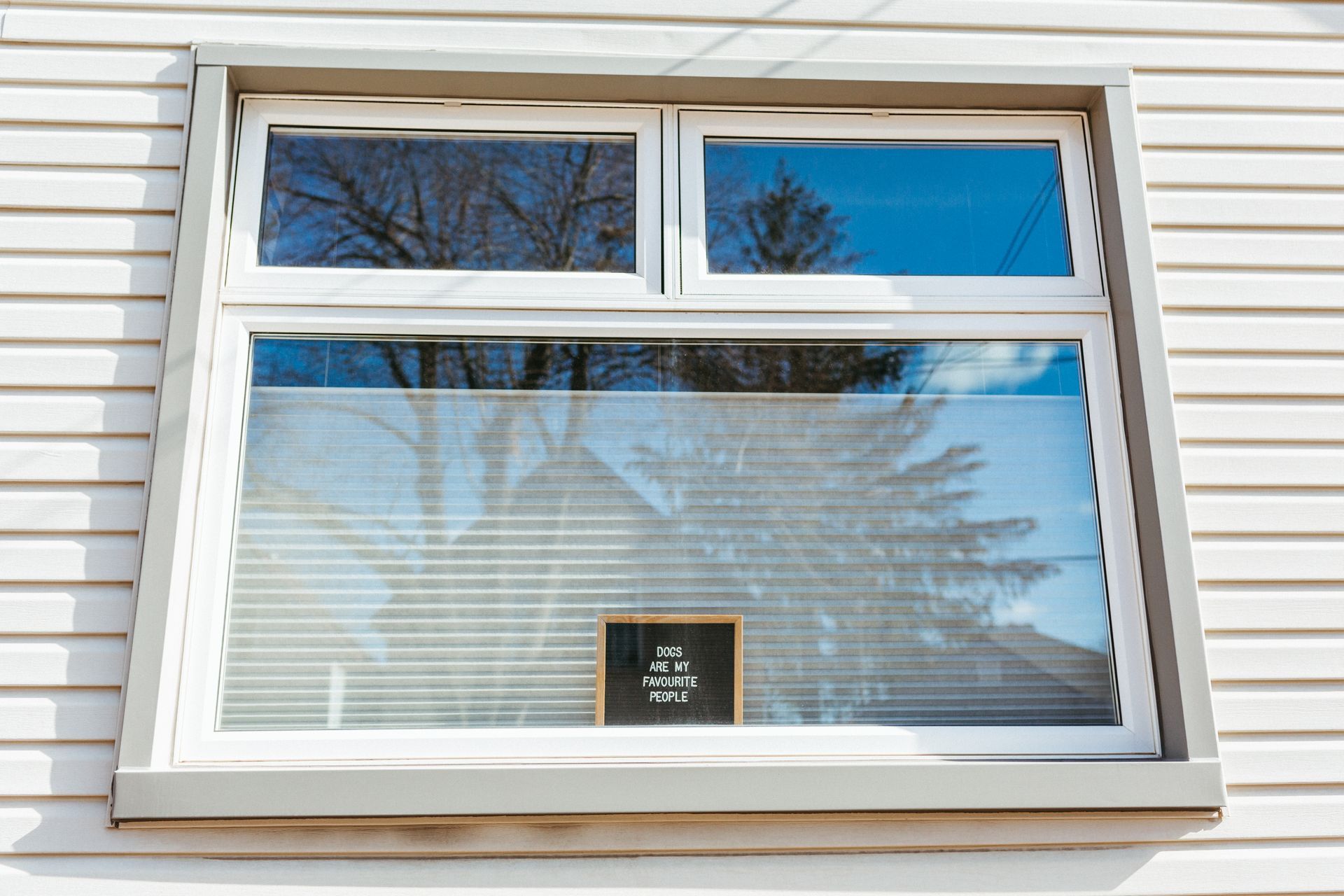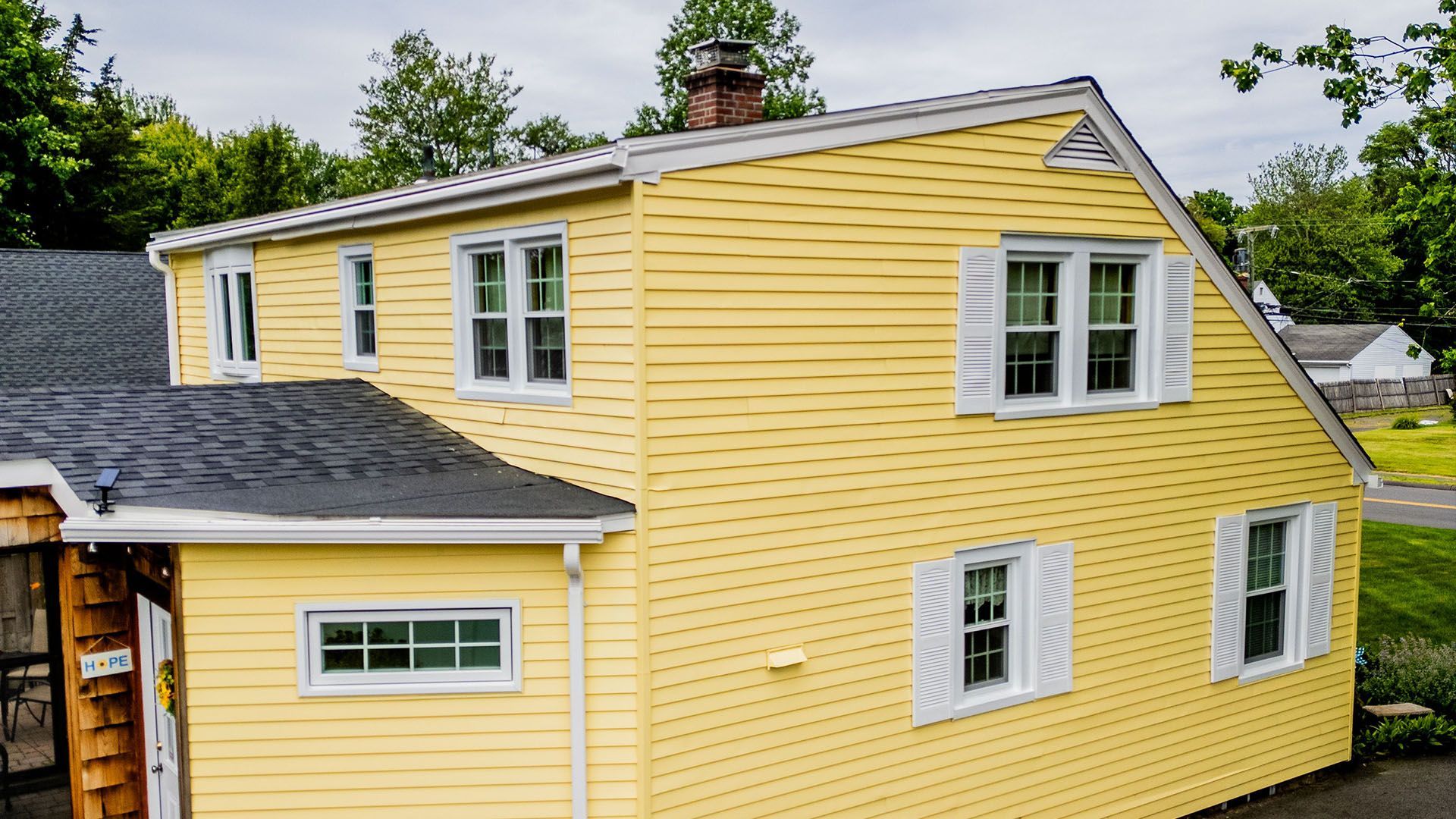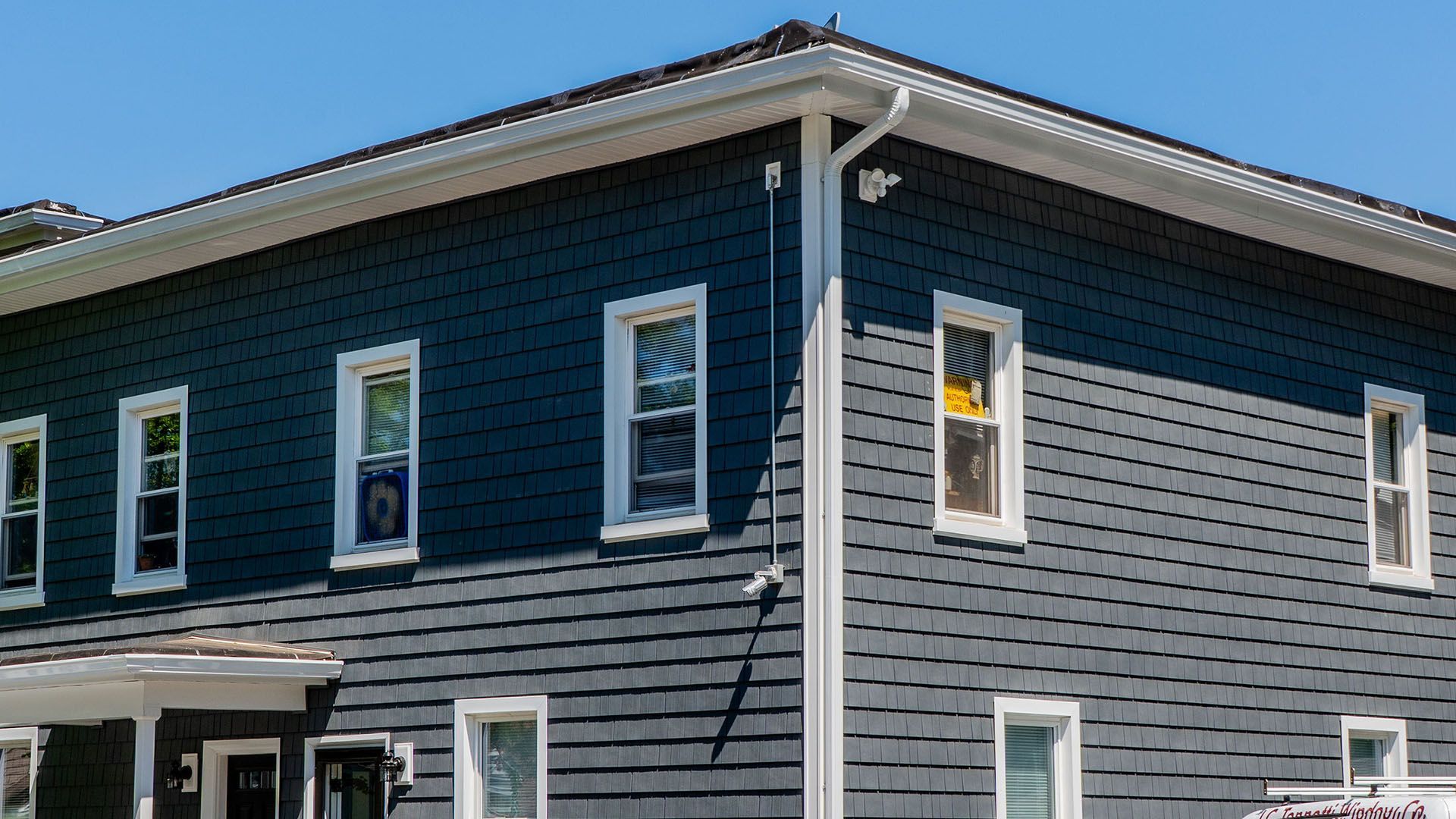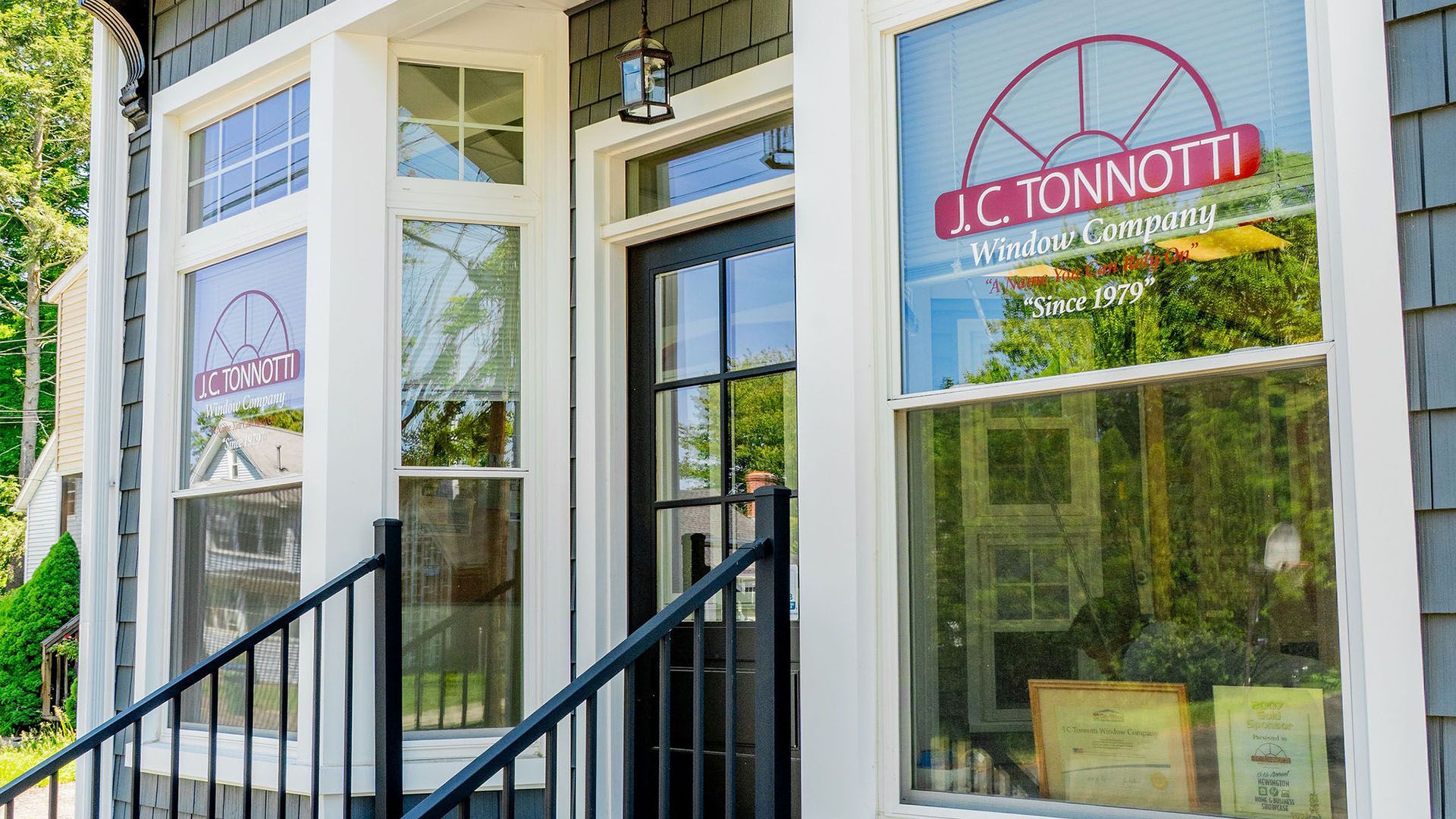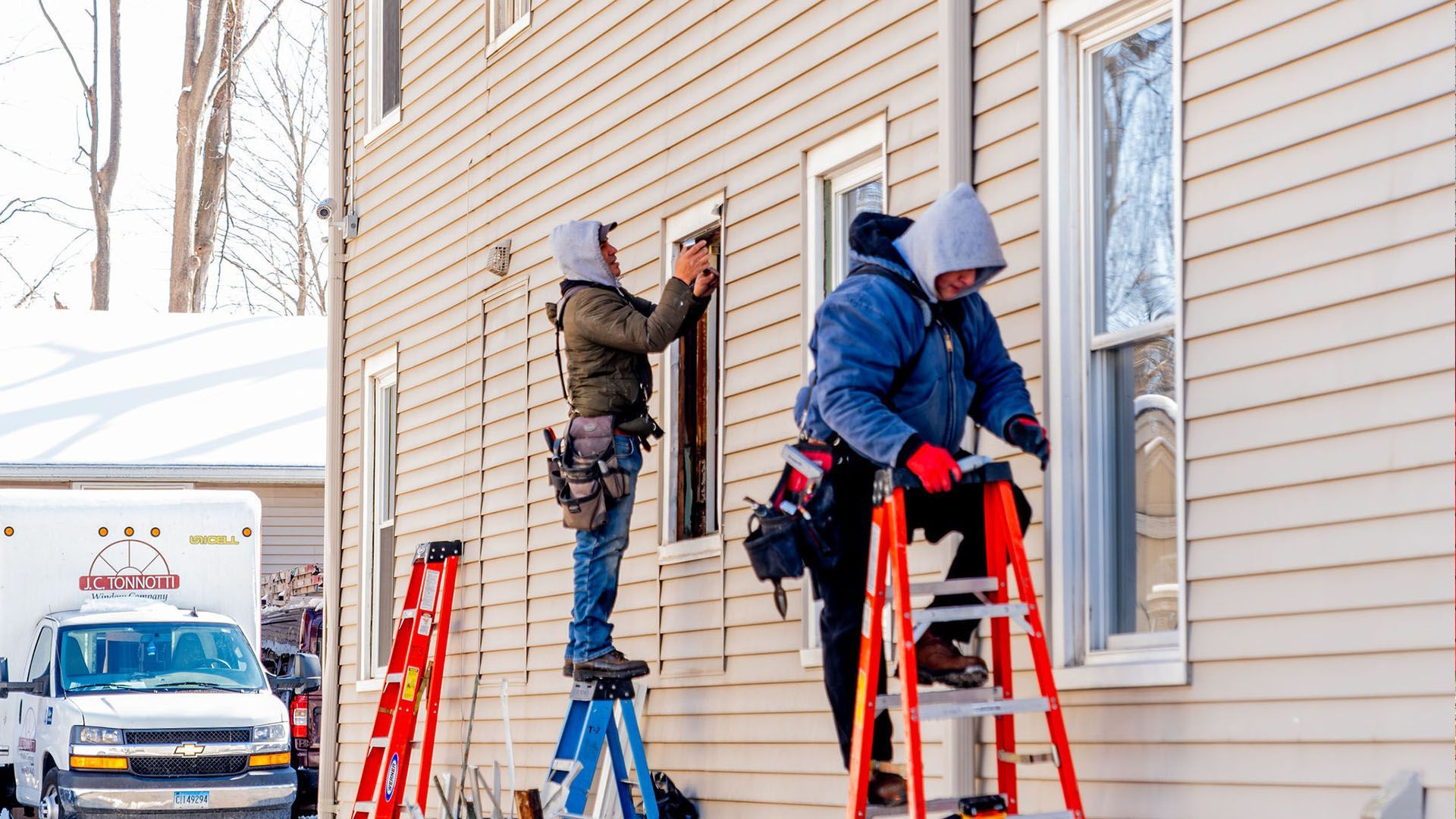Can You Install Vinyl Siding in the Winter?

At J.C. Tonnotti, we install vinyl siding year-round in Connecticut, including through New England winters. Our crews are trained to work safely in cold weather, follow manufacturer guidelines, and adjust techniques so your siding looks great and lasts. This article gives clear, honest answers to the questions homeowners ask us most about winter siding installation, no fluff, just practical guidance.
Quick answers up front
- Can you install vinyl siding in the winter? Yes, when conditions are workable and the crew uses cold-weather techniques.
- Will cold weather damage the siding? It can be handled poorly. With warm storage, careful cutting, and proper fasteners, it installs cleanly.
- Will it buckle in summer? Not if the installer leaves correct expansion gaps and “hangs” the panels instead of pinning them tight.
- Does winter install cost more? Often similar to other seasons; some homeowners see off-season scheduling advantages.
- Should I ever wait for spring? Yes, during deep, extended cold snaps, heavy ice, or if your home needs major sheathing repairs.

How cold affects vinyl siding (and how we handle it)
Expansion & contraction. Vinyl siding contracts in cold and expands in heat. In winter, panels are slightly shorter. We leave the right gap at ends and nail through the center of the slots so the siding can move naturally when temps rise.
Brittleness risk. Cold vinyl is stiffer. We stage cartons off the ground, keep materials as warm as possible, support pieces while cutting, and avoid over-bending in the cold.
Adhesives & sealants. Some caulks cure slowly in low temps. We use cold-weather-rated sealants and allow extra cure time where needed. Flashings and housewrap do the heavy lifting to keep water out; caulk is a supplement, not the first line of defense.
Benefits of a winter siding project
- Faster scheduling. Winter is often less busy, which can mean earlier start dates and a focused crew.
- Less disruption outside. Landscaping and lawns are dormant, so there’s less risk of damage.
- Straight to the point. With shorter daylight, crews plan tightly and work during the warmest window of the day for clean results.
Real-world challenges to consider
- Weather windows. We work around snow, ice, wind, and extreme cold. Quality beats the calendar; we pause if conditions won’t produce a great result.
- Daylight. Shorter days can stretch the timeline slightly. We build that into the plan so the project stays smooth.
- Material handling. Extra care reduces waste and protects finishes, worth the added patience.
What makes a winter install successful
Correct spacing and fasteners. Panels should move side-to-side in the nailing slots. Nails are snug, not over-driven. Trims leave room for expansion where panels meet corners, J-channels, and utilities.
Dry, tight weather barrier. Housewrap and flashing must be installed clean and dry. We don’t trap moisture; we direct it out with proper laps and tape.
Warmest-hours scheduling. We typically work late morning to afternoon on clear days, avoiding the coldest early/late hours.
Site safety & protection. We clear snow/ice where ladders and staging go, protect walkways, and keep materials off wet ground.
Costs, timelines, and warranties
Costs. Labor can take a touch longer in cold weather, but off-season scheduling often balances that out. Most homeowners see similar pricing to spring/fall.
Timeline. A typical home still completes in days, not weeks. Weather pauses are possible; we communicate them up front.
Warranties. Manufacturer warranties depend on correct installation, not the month of the year. Following specs on gaps, fasteners, and weather barriers keeps you covered.
When it’s smarter to wait
- A long, severe cold snap with ice or high winds in the forecast
- Major
roofing or sheathing repairs that need extended open-wall time
- Complex multi-trade projects that require mild, stable weather
In these cases, we’ll recommend the best timing for your home rather than pushing a schedule that could compromise quality.
What you can do to prep
- Clear driveway and the base of walls where crews will work.
- Move patio furniture, grills, and fragile items away from the house.
- Keep exterior outlets accessible for tools.
- Plans for pets crews will open gates and move around the yard.
- Expect a flexible schedule for weather; we’ll update you daily.
How to choose the right installer for winter work
- Ask about expansion gaps. If they can’t explain spacing, walk away.
- Look at nail placement. Nails should be centered in slots and not pinching the hem.
- Confirm product choice. Some lines handle colds better; your installer should have a reason for the product they recommend.
- Request a weather plan. You want a contractor who prioritizes quality and safety over speed.
Final thoughts
Yes, you can install vinyl siding in the winter and get an excellent result. The keys are experienced installers, proper spacing and fastening, careful handling, and smart scheduling around the weather. Winter projects often mean faster scheduling and a tidy site, with the same long-term performance you expect in any season.
If you're planning other winter home improvement projects or want to protect your Connecticut home from winter damage, our team can help you prioritize the right upgrades.
If you'd like a winter-ready siding plan for your home, our team can review your goals, assess your exterior, and map the best timing, whether that's next week or early spring. We'll give you straight answers so you can decide with confidence. Contact us to get started.
Frequently asked questions
Will my vinyl siding crack if installed in freezing temperatures?
Not when handled correctly. Cold vinyl becomes stiffer, so experienced installers store materials properly, support panels during cutting, and avoid forcing or over-bending pieces in the cold. The key is technique, not temperature alone.
How do you prevent my siding from buckling when summer arrives?
Proper expansion gaps and correct fastening. We nail through the center of slots—never the ends—and leave the panels loose enough to slide side-to-side. This lets the siding expand naturally when temperatures rise without buckling or warping.
What temperature is too cold to install vinyl siding?
Most manufacturers recommend installing above 40°F, but experienced crews can work below that with the right techniques. We avoid installation during extreme cold snaps (below 20°F), high winds, or when ice makes surfaces unsafe. Quality always trumps speed.
Does winter installation void my siding warranty?
No. Manufacturer warranties depend on following installation specifications for spacing, fastening, and weatherproofing—not the season. When installed correctly using cold-weather techniques, winter siding carries the same warranty as spring or summer installation.
Should I wait until spring if I need siding now?
Not necessarily. If your current siding is failing and causing water infiltration or energy loss, delaying can lead to bigger problems. We'll assess your home's condition and weather forecast to determine if winter installation makes sense or if waiting a few weeks is the smarter choice.


